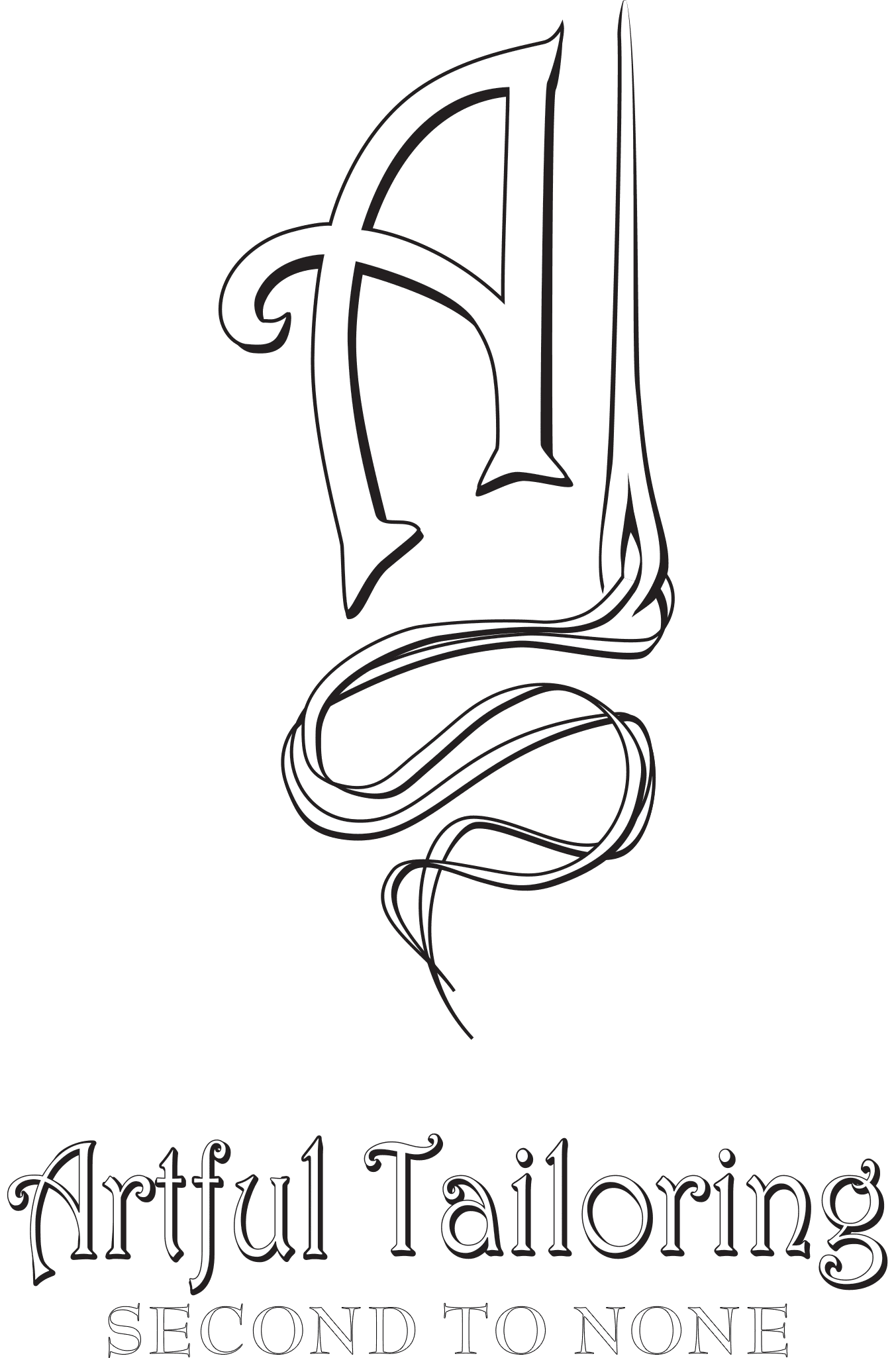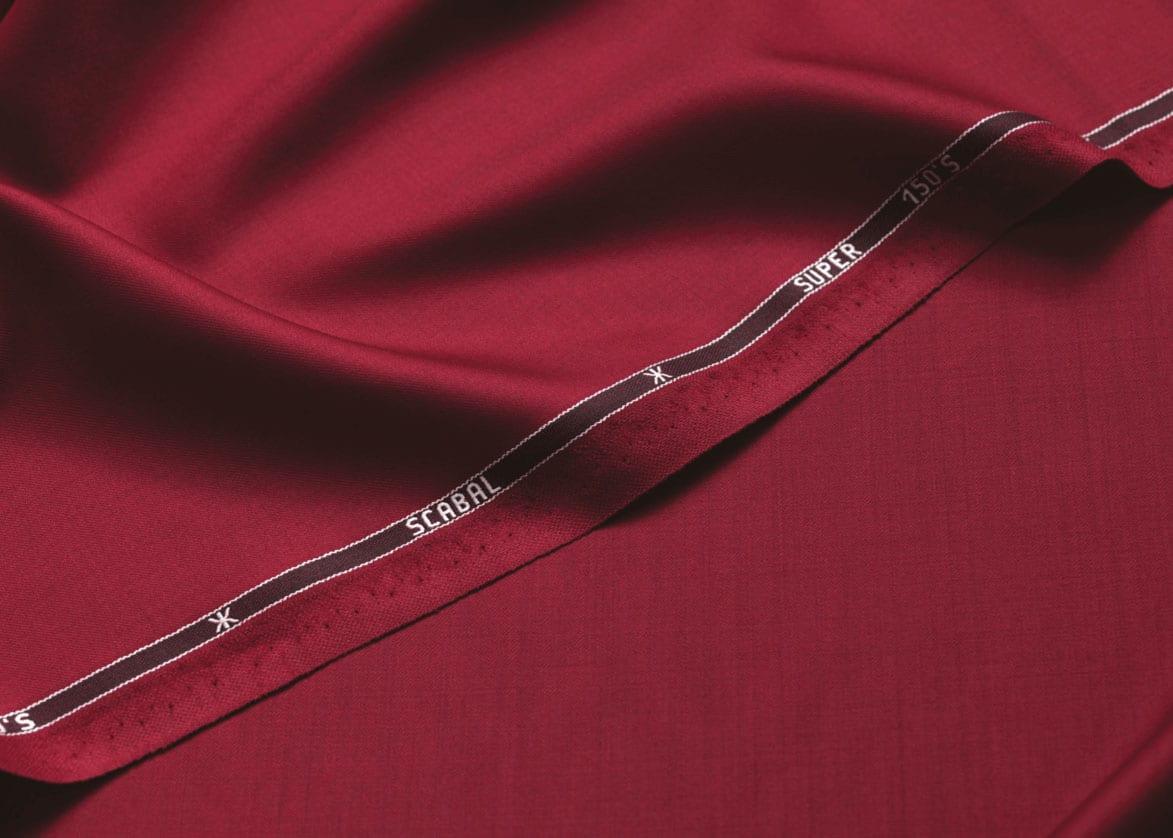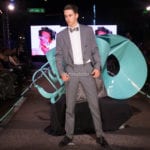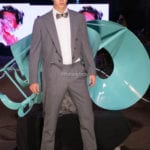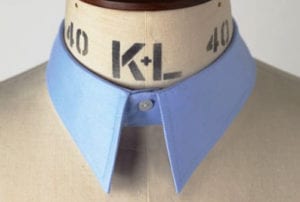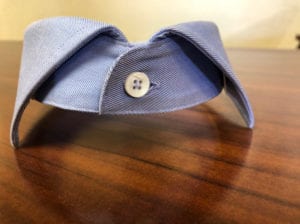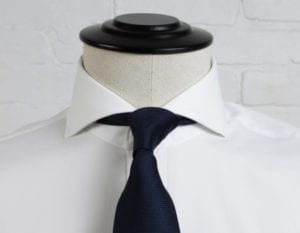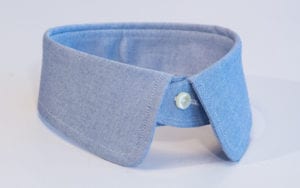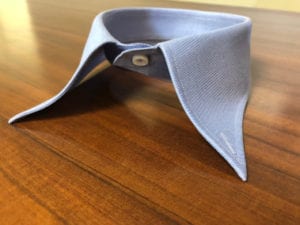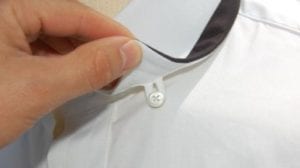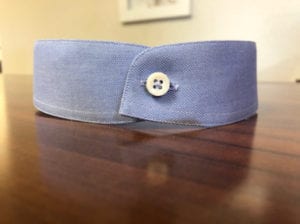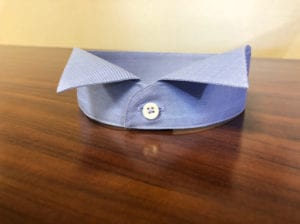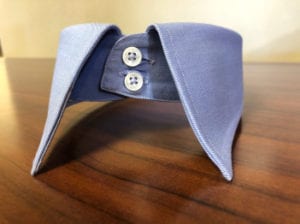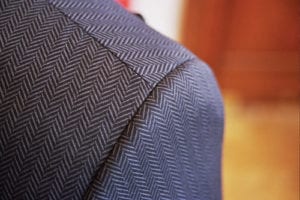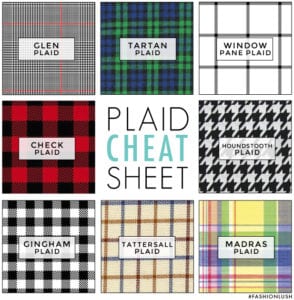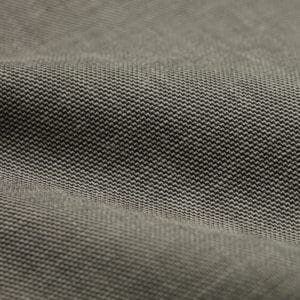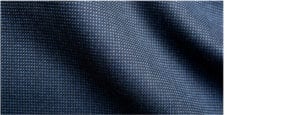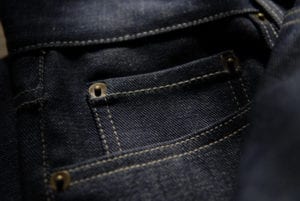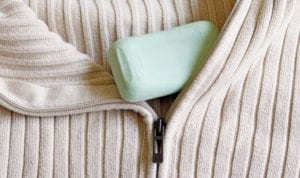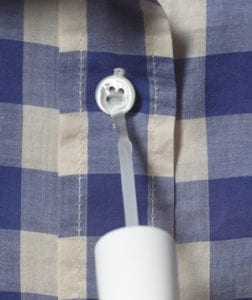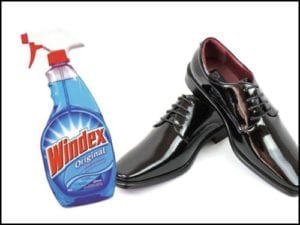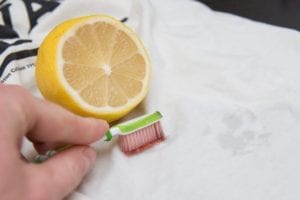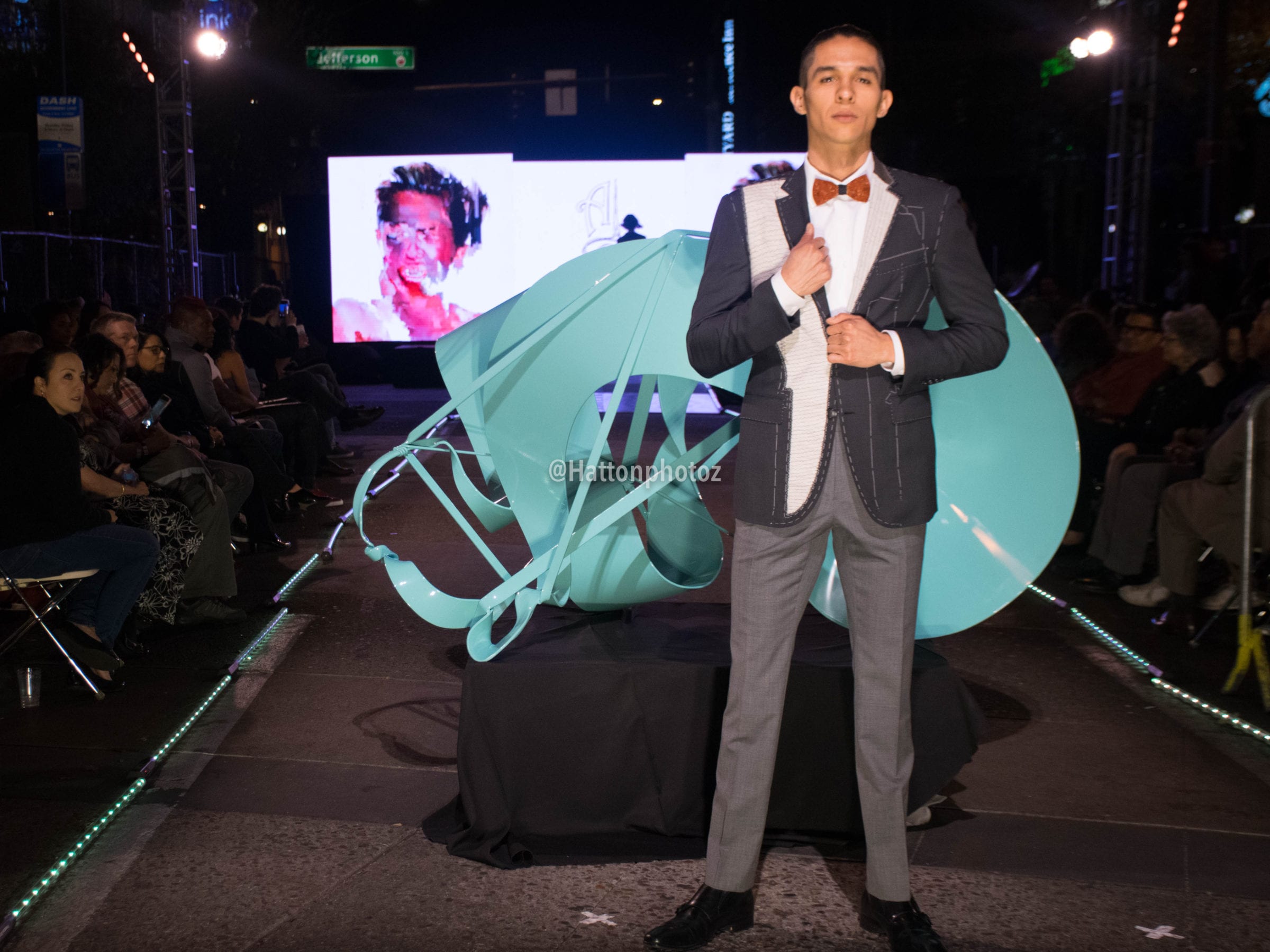
On Saturday, March 17th, Artful Tailoring had the honor of being a part of the very first On Central event that took place at City Scape in downtown Phoenix. The event showcased Phoenix’s most talented fashion designers, artists and trendsetters.
See more photos from our very first runway show here. Courtesy of Hatton Photoz.
Learn more about On Central and The Garment League here.
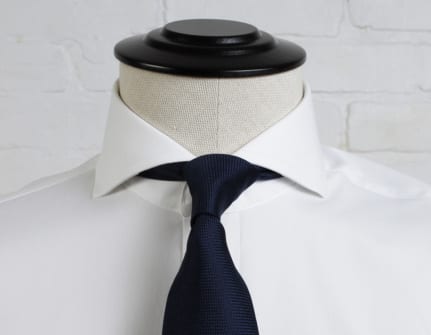
Whether you’re just diving into the world of dressing well, or have earned the title of “best-dressed” among your crew, this blog post is focused on knowing one of the most basic parts of clothing: the collar.
Do you know which ones are best for your face shape? Keep reading to learn!
Starting with the classics: The Medium Spread or Classic Spread
Just as the name states, this collar has been a go-to for decades. Why? It works well with most face shapes, and you can dress it up or down and still be appropriate. An added bonus: it can accommodate both w wide or narrow tie knot without looking odd.
Best for: most face shapes, but especially round. This collar will help lengthen and narrow your face.
Narrow or Straight Point Collar
This collar typically has a spread of 1.5″-3.5” from point to point. You should use smaller tie knots with this style.
Best for: round and square face shapes to make you look thinner and lengthen your face.
Widespread Collar
A widespread collar typically ranges between 4″-6” from point to point.
Best for: narrow face shapes to give the appearance of a wider/stronger jawline.
Cutaway or Windsor Collar
This is the widest spread you’ll find on a dress shirt. It works great for larger tie knots (such as the Windsor knot, hence its original name), but since the collar points tend to be on the shorter side, not everyone can wear it. The cutaway has had a resurgence in popularity recently.
Best for: Those with a narrow chin/diamond or oblong face shape. Will create the appearance of a wider jawline.
_______________________
The above collar styles are the most common for everyday dress shirts. A custom tailor can adjust the collar point length according to your neck and what looks best on you. We have also included some other stylistic options below for those on the adventurous side!
Club Collar
If you’re looking for a vintage feel, opt for a club collar. It comes in a variety of spreads, and pairs well with semi-formal attire, or for those nights when you want to bring out the dandy side in you. You can also ask for this style to be used with a tie bar or pin.
Bonus: Do you know why it’s called a club collar? This style of collar was created by the Eton school in the late 19th century who wanted to distinguish their attendees from other surrounding colleges. Therefore, those that wore it were made it known that they were all apart of a special elite “club”.
Button-Down Collar
First mass produced by Brooks Brothers in 1896, the button-down is a more casual shirt option. We wouldn’t pair this with say, a tux, but it is a fun option to add that extra little stylish detail. Add flair with contrasting buttonholes or buttons here!
Hidden Button-Down Collar
This is a style secret only you’ll know about, but its nice to have if you want a clean and crisp look.
A collar that goes by many names is actually the least collar-like! Usually reserved for casual shirts, the picture above displays a band style. The Nehru collar gets its name from its appearance on the Nehru jacket. Though there are slight variations between them, they all have the basic upright, short height look.
Wingtip
You’ve probably seen this style on tuxedo shirts.
Tab Collar
On the outside it looks like your normal, everyday narrow point collar. It’s what’s on the inside (or hidden beneath your tie) that really makes it special. The tab pushed the tie up and forward for a unique look.
Pin Collar
This style is similar to the tab collar in that it pushes your tie front and center, but is secured by a long bar or pins. You can change out the accessories as you please to adapt to your outfit. Best used for formal events.
Two Button or Double Button Collar
This style is more focused on the collar band rather than the actual collar, but it is a unique option for modern shirting. Because of the increase band height, it is a great option for those with longer necks.
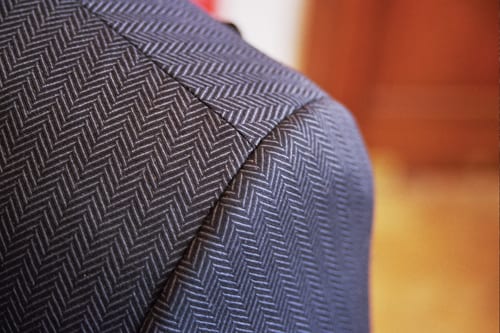
When you go in to get a custom suit or garment made, having a good idea of what you’re looking for will aid in the process. Our tailors can pre-select swatches that best fit your needs and have it prepared for your appointment. Fabric options are nearly endless, so knowing what you want ahead of time is highly recommended. We are happy to offer suggestions, but reference pictures are always helpful. We’re here to help bring YOUR vision to life!
Here are some of the most common fabric patterns used in suiting:
HERRINGBONE
The pattern is called herringbone because it resembles the skeleton of a herring fish. Herringbone-patterned fabric is usually wool, and is one of the most popular cloths used for suits and outerwear.
PINSTRIPE
Stripes are a classic choice that make look wearer look taller, thinner, and draws the eyes up to the face instead of the body shape. There are a variety of thicknesses, width, and colors. However, consult your tailor on which width and thickness is best for your body shape.
PLAID
As you can see in the photo above, there are several different kinds of plaid. They often get clumped under the one name, but they are very different from each other! Knowing the difference between them makes you a more educated consumer.
DONEGAL TWEED
While the weavers in County Donegal provide a number of different tweed fabrics, including herringbone and check patterns, the area is best known for a plain-weave cloth of differently-coloured warp and weft, with small pieces of yarn in various colours woven in at irregular intervals to produce a heathered effect.
SHARKSIN
Most sharkskin suits are usually made from mohair or wool and sometimes created with acetate or rayon. It’s a smooth fabric with a two-toned woven appearance, it has a soft texture that is very light and wrinkle free making it perfect for a suit.
NAILHEAD
For something more subtle, take a look at Nailhead fabrics. This pattern contain little dots upon a darker background, and when looking at them together, they resemble somewhat of a solid finish.
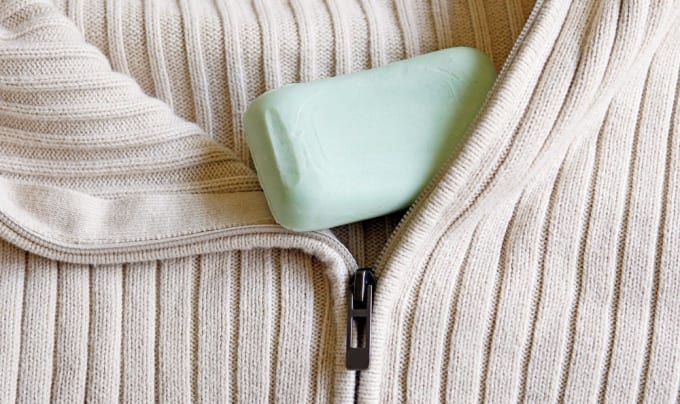
Quick fixes you can do at home right now.
-To prevent dark jeans from fading, add 1/2 cup of distilled vinegar during the last washing cycle. If they aren’t that dirty, just soak them in water and vinegar and hang dry. The smell will go away once they are completely dry.
-Did you spot some deodorant marks on your clothes just as you are heading out? Grab a pair of old pantyhose or a dryer sheet and gently rub the mark and voila!
-Rub candle wax or a bar of soap on stuck zippers to “grease” it and get it moving again.
-Loose button but no needle and thread? Apply clear nail polish over the existing threads to keep it in place. This also works for snags in panty hose or tights!
-Clean your patent leather shoes with Windex for a nice shine.
Get rid of static cling with a light douse of hairspray, or use a dryer sheet.
Mix water and lemon juice to put on garments right before you wash them to get rid of sweat stains.
For oil-based stains, pour some talcum or baby powder on top to soak up the spot.
What are some of your favorite clothing-saving tricks?
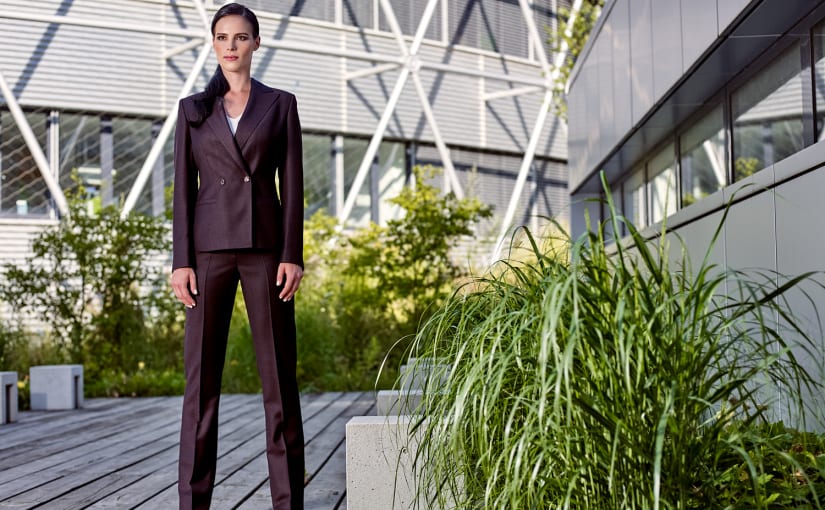
Last week we had the pleasure of attending the Professional Women’s Alliance conference here in Phoenix. After mingling with other attendees and hearing some incredibly inspiring women speak, our newest blog post focuses on professional workwear for women.
Although the “traditional” rules of dress for the office have become more relaxed over the past few years, women are faced with limited options when it comes to professional workwear. We have rounded up four garments that we consider key pieces to have in your closet-regardless of your profession.
1. Blazer
For important meetings with higher-ups or to make a great first impression, opt for this item. When you put on a great fitting blazer, you instantly send the message of “I mean business”.
What to look for:
-Slim notch lapel
-1 Button
-Classic colors: black, navy, or dark grey
What’s also nice about blazers is that you can mix and match it with dress pants, skirts, and even dresses to tone down the “stuffiness” that may be associated with them.
2. Classic Trousers
Choose a pair in a medium weight fabric that will provide comfort and last you for years. As for the silhouette, stick with a straight leg cut as it flatters practically every body shape. Tip: Make sure you get them hemmed at the right length. Decide ahead of time if you will mainly wear them with flats, heels, or a mid-rise shoe
3. Pencil Skirt
For warmer months or when you just want to feel a bit more feminine, a pencil skirt is definitely a workwear basic. It can easily take you from work day to night time dinner, so stocking up in basic colors will make outfit planning a breeze! Again, make sure you consult a tailor to determine what length is best for your height and body shape.
4. Shift dress
A truly classic silhouette, this dress now comes in a variety of style nuances that best suits your body shape-from sleeveless to ¾ sleeves, different necklines, etc. There are endless ways to wear it! Dress it up for an evening event, or keep it simple for a daytime office look.
Artful Tailoring provides custom clothing services for women. From suiting to evening dresses, we craft each piece according to your unique body shape. As an added bonus, a majority of our fabrics have stretch integrated into them, which is especially nice for women. This adds comfort and helps achieve a better shape over a curved physique.
We can incorporate your style throughout the entire garment! You pick your fabric, lining, buttons, and hidden details like the under collar and inside the sleeve placket. You’ll be walked through the entire process by our expert tailors, who can offer recommendations on color theory, styling details, fabric choice, and more.
You don’t have to compromise your personal taste in professional work wear. See how Artful Tailoring can turn your work wear woes into looking forward to getting ready each morning! Book your appointment today.
